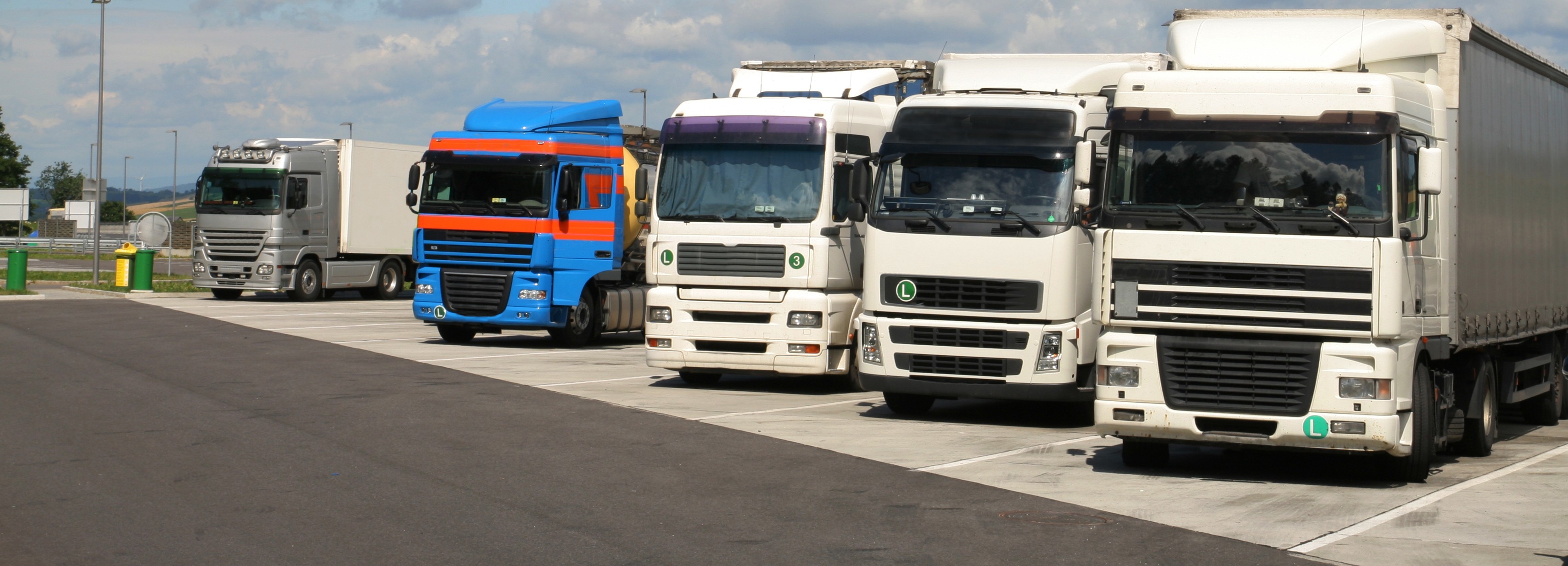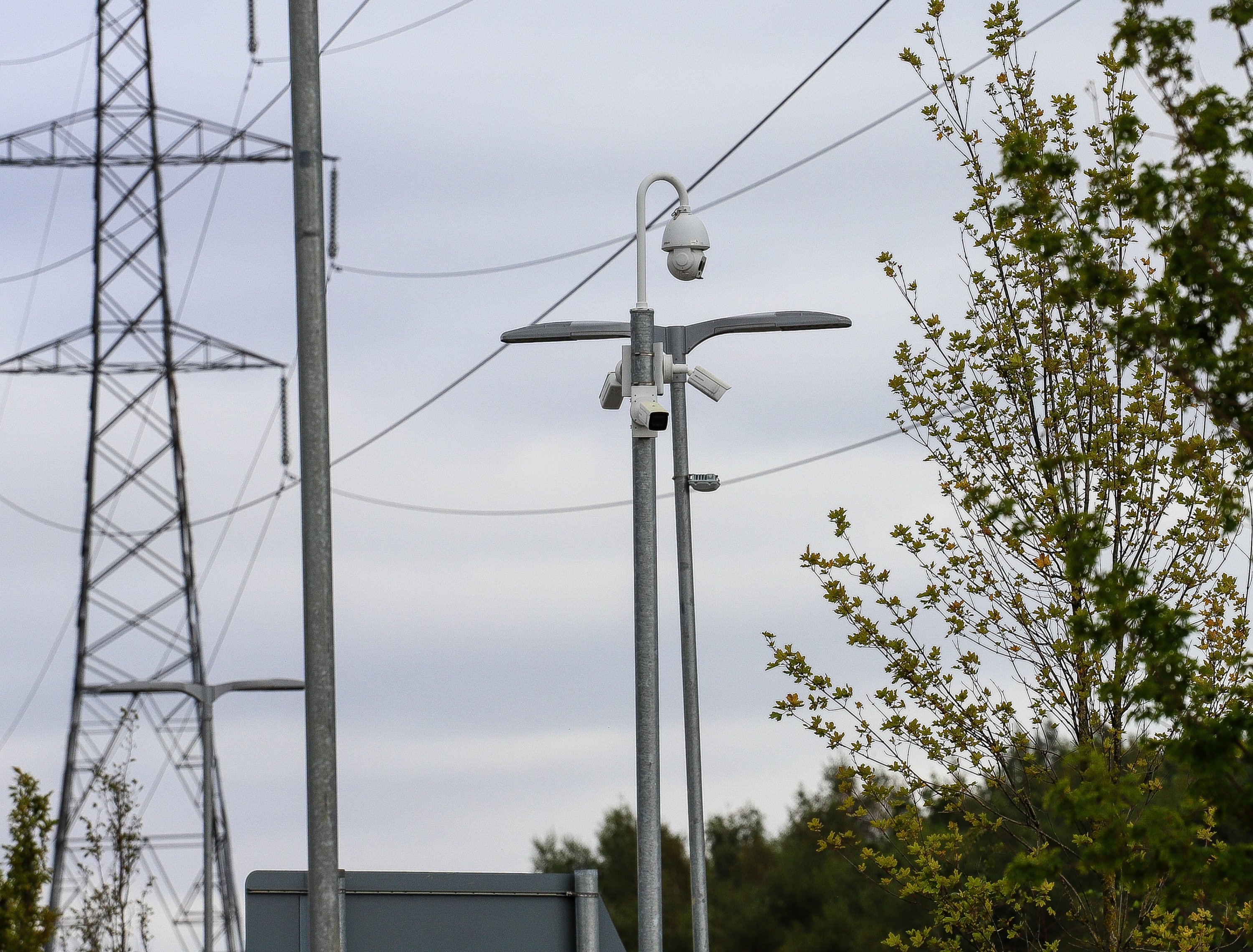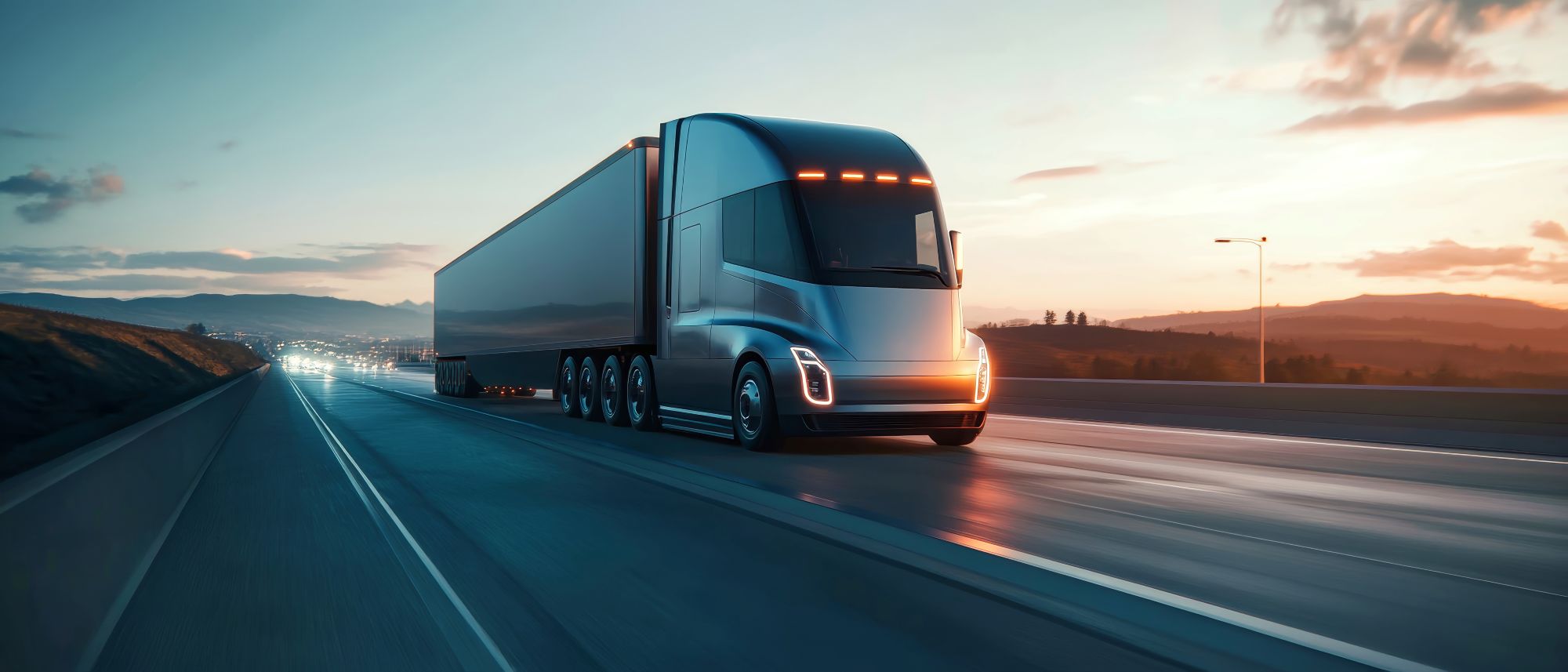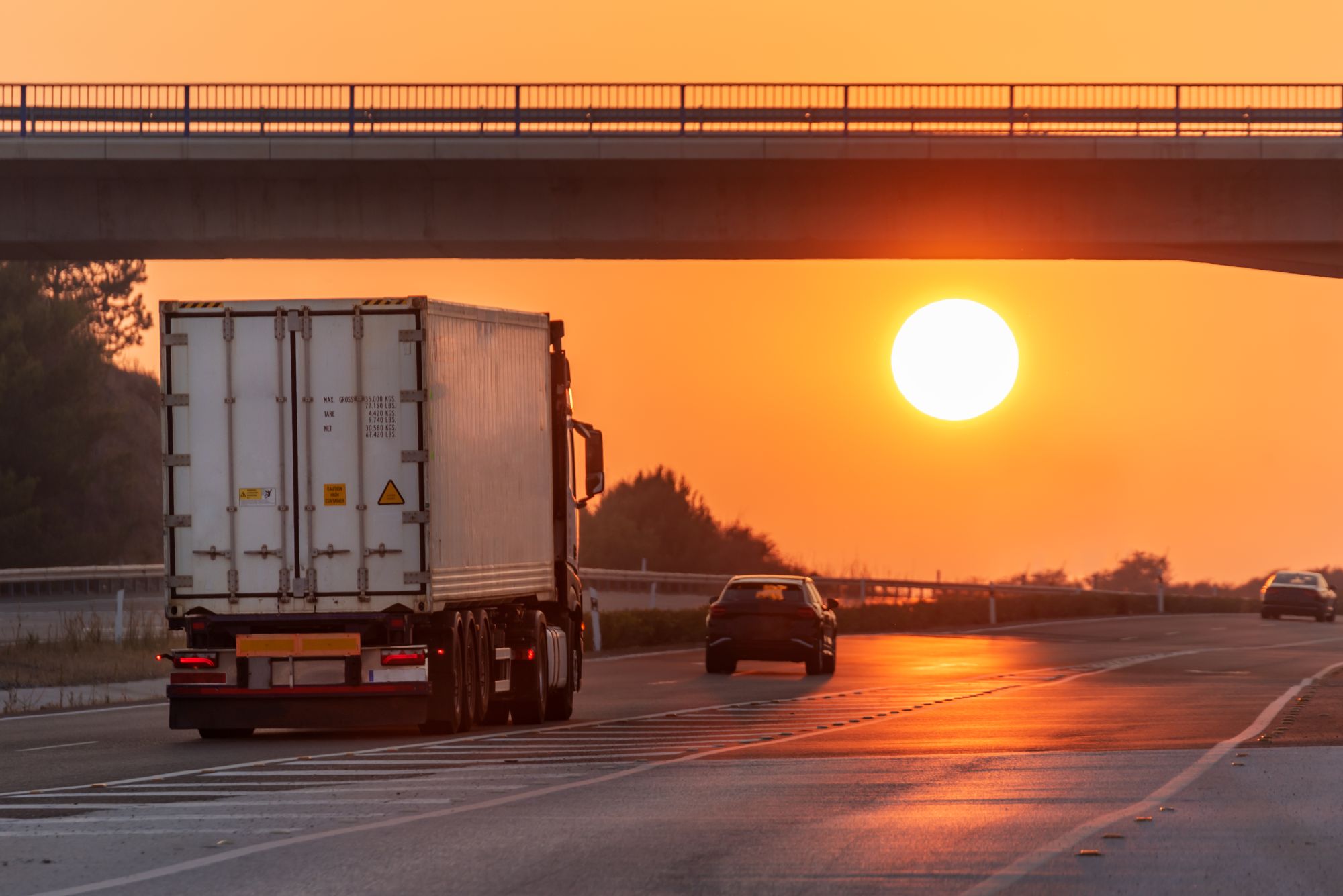
Miranda Blake
Qu'est-ce qu'un "parking sécurisé pour camions" ? Les conducteurs s'expriment
Créée: 09/12/2024
•
Mise à jour : 09/12/2024
L'un des plus grands défis auxquels sont confrontés les conducteurs est de trouver des parkings sûrs. [Une enquête menée par des organismes de surveillance du secteur (https://d3cez36w5wymxj.cloudfront.net/wp-content/uploads/2024/11/04184443/Lorry-Driver-Facilities-Survey.pdf) a révélé que de nombreuses personnes estiment que la sécurité dans les gares routières n'est pas satisfaisante.
Examinons les différents aspects qui contribuent à la sécurité des parkings pour camions du point de vue des chauffeurs, en explorant les mesures et les équipements essentiels. En outre, nous examinerons l'environnement général qui favorise un sentiment de protection.
Le rôle du stationnement des camions dans la logistique
Les camionneurs doivent se garer pour se conformer aux réglementations strictes concernant les périodes de repos. De plus, ils ont besoin d'emplacements où ils peuvent se reposer, faire le plein et se rafraîchir sans [craindre le cambriolage ou le vandalisme] (https://snapacc.com/newsroom/tips-for-keeping-your-vehicle-secure-protecting-your-truck-from-theft/). Étant donné qu'environ 81 % du fret est transporté par la route, la demande de parkings sécurisés pour les camions est réellement essentielle au succès de l'industrie.
Des mesures inadéquates peuvent avoir de graves répercussions, notamment le vol de marchandises, la détérioration de véhicules et des problèmes de sécurité personnelle. Cette situation a conduit [les conducteurs à exprimer fréquemment leur frustration] (https://snapacc.com/newsroom/drivers-unhappy-with-truck-stops-whats-the-problem/) - elle peut les dissuader de prendre des pauses et, en fin de compte, affecter leur performance sur la route.
Mesures essentielles
La mise en place de barrières physiques est un aspect fondamental de la sécurité des parkings pour camions. Une clôture robuste est essentielle pour empêcher tout accès non autorisé. Les points d'entrée et de sortie contrôlés, tels que les portails nécessitant un accès par carte ou par code, sont une nécessité. Ces mesures réduisent considérablement les risques d'intrusion et améliorent la sécurité générale.
Un éclairage efficace est également impératif. Les zones bien éclairées découragent les activités criminelles et donnent aux conducteurs un sentiment de protection et la confiance nécessaire pour naviguer dans les relais routiers, en particulier pendant la nuit.
Une surveillance vidéo complète est un autre aspect important. Les caméras de télévision en circuit fermé doivent couvrir l'ensemble du parking, ce qui permet de surveiller et d'enregistrer en permanence les activités. De nombreux camionneurs apprécient de savoir que leurs véhicules et leur cargaison sont surveillés 24 heures sur 24 et 7 jours sur 7, car cela peut s'avérer très dissuasif pour les criminels potentiels.
La présence d'un personnel de sécurité qualifié ajoute une couche supplémentaire de protection. Les gardes peuvent réagir rapidement en cas d'incident, apporter leur aide et maintenir une présence visible qui renforce le sentiment général de sécurité. Les camionneurs sont souvent plus à l'aise lorsqu'ils savent que des professionnels sont présents sur le site pour gérer les problèmes éventuels.
Il est essentiel de disposer de systèmes de communication d'urgence facilement accessibles - il doit y avoir des boîtes d'appel d'urgence ou des systèmes d'interphone, qui permettent aux conducteurs de contacter rapidement les services de sécurité ou de crise en cas de besoin. Dans les zones reculées où l'assistance immédiate n'est pas toujours disponible, cette fonction est particulièrement cruciale.

Caractéristiques supplémentaires
Des toilettes et des douches propres et bien entretenues sont également très appréciées, en particulier sur les longs trajets. Des mesures devraient être prises pour s'assurer que ces installations sont fermées à clé et surveillées, ce qui non seulement améliorera le confort des conducteurs, mais contribuera également à leur sentiment général de sécurité.
Bien qu'elles ne soient pas directement liées à la sécurité du stationnement des camions, les commodités supplémentaires peuvent considérablement améliorer le confort général d'une aire de stationnement. Les possibilités de restauration, l'accès au WiFi et les branchements électriques pour les remorques frigorifiques rendent l'espace plus accueillant. Des services d'entretien de base peuvent également être utiles, car ils permettent aux camionneurs de résoudre des problèmes mineurs sans quitter les lieux.
Créer un meilleur environnement
Un parking pour camions sécurisé doit également s'occuper efficacement des conducteurs. Un grand nombre d'entre eux ont indiqué qu'ils se sentaient sous-estimés dans certains lieux, ce qui peut avoir un impact négatif sur leur expérience. Ceux qui traitent les camionneurs avec respect et leur offrent une atmosphère amicale encouragent les visites répétées et favorisent la loyauté.
Il est impératif d'investir dans la formation du personnel pour améliorer cette situation. Les employés doivent comprendre les besoins uniques des camionneurs et savoir comment fournir un excellent service à la clientèle.
Répondre aux préoccupations des conducteurs
Il est important de savoir que les conductrices, qui représentent un faible pourcentage de la main-d'œuvre du secteur du camionnage, sont souvent confrontées à des défis supplémentaires en matière de sécurité. De nombreuses femmes déclarent ne pas se sentir en sécurité dans des environnements majoritairement masculins, en particulier lorsque les relais routiers ne disposent pas de mesures de sécurité adéquates - il est essentiel de prendre en compte leurs besoins spécifiques et de prendre des mesures pour s'assurer qu'elles sont à la fois en sécurité et heureuses.
Il faut également tenir compte du fait que certains camionneurs ont des besoins alimentaires spécifiques. Le fait de proposer des aliments sains et de répondre aux différents besoins alimentaires peut donc améliorer leur expérience et contribuer au bien-être des chauffeurs.
L'avenir du stationnement sécurisé des camions
Des innovations telles que les systèmes de surveillance intelligents, les contrôles d'entrée automatisés et la surveillance en temps réel peuvent améliorer considérablement les mesures. Les relais routiers qui investissent dans des solutions de ce type ont plus de chances d'attirer davantage de flottes et de conducteurs à la recherche d'options sûres.
Pour relever les défis dans ce domaine, il faut une collaboration entre les différentes parties prenantes, notamment les agences gouvernementales, les entreprises de logistique et les exploitants d'installations de stationnement. En travaillant ensemble, ces groupes peuvent développer des stratégies globales pour améliorer la sécurité et l'expérience globale des camionneurs.
Pour créer des environnements plus sûrs, il est essentiel de plaider en faveur de changements politiques qui donnent la priorité aux besoins des conducteurs. Les organisations sectorielles et les groupes de pression peuvent jouer un rôle important dans la sensibilisation à l'importance d'un stationnement sécurisé des camions et dans la promotion de changements législatifs qui soutiennent les améliorations de l'infrastructure.
Trouver des services sécurisés
Chez SNAP, nous donnons la priorité à la sécurité des chauffeurs et aidons les parcs à camions à le faire grâce à notre division dédiée à l'accès et à la sécurité. Des caméras et logiciels ANPR aux terminaux de paiement en passant par les barrières, les systèmes d'entrée et les systèmes de caméras CCTV, nous mettons tout en place pour protéger au mieux les camionneurs, les véhicules et les marchandises pour les relais routiers, les MSA, les dépôts de flotte, et bien plus encore.
Vous pouvez en savoir plus sur [SNAP Access & Security here] (https://snapaccessandsecurity.com/), ou découvrir nos autres services (comme le stationnement et le lavage) sur le [site web SNAP] (https://snapacc.com/).



